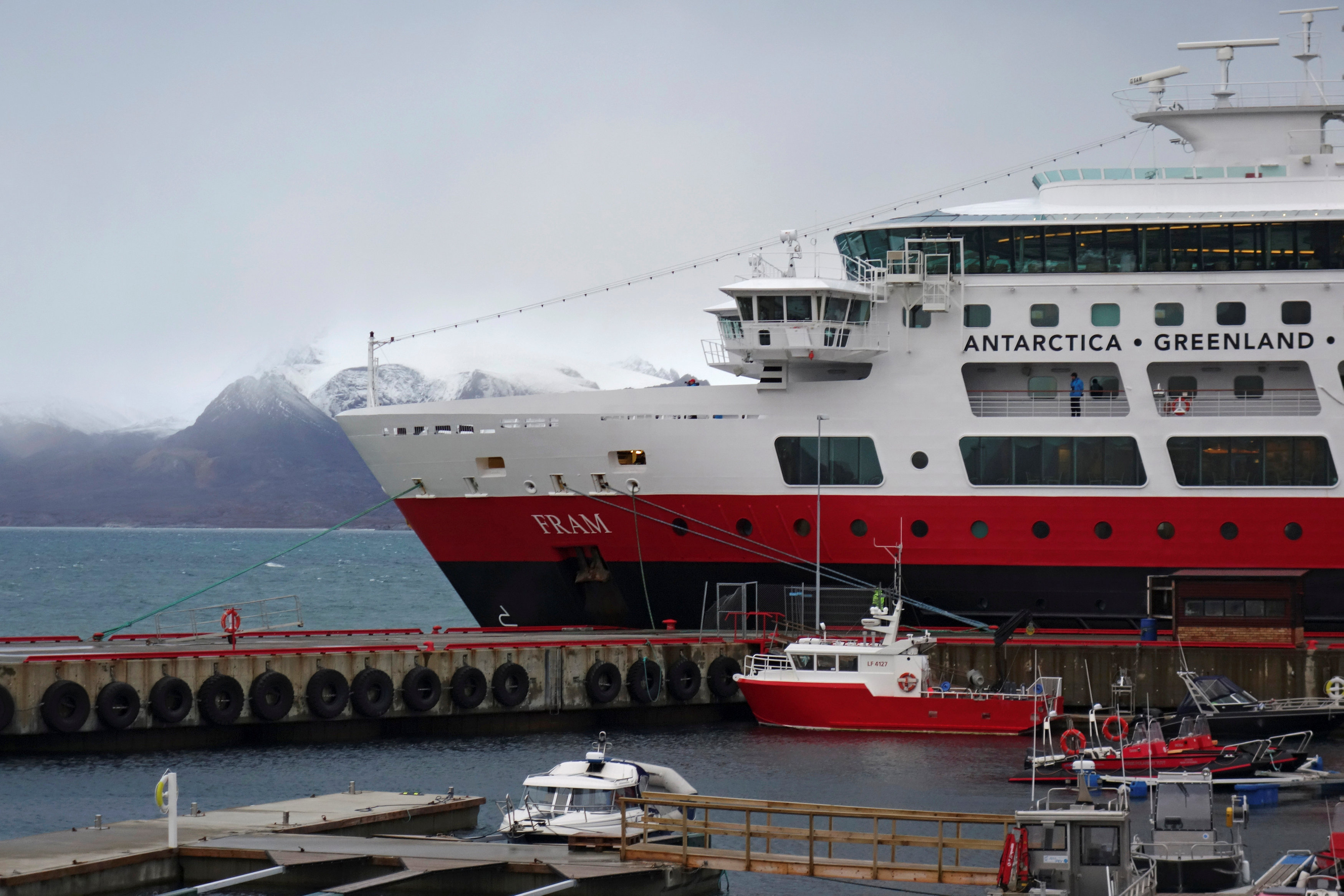Statistics Norway: Tourism bypasses mining in Svalbard

Tourism has bypassed mining as an economic force in Svalbard, a new study suggests.
In its recent Svalbard 2016 report, Statistics Norway shows that tourism has passed mining as the leading industrial sector in Svalbard as of 2013.
450 out of the 1,650 full-time equivalent jobs (or FTEs) that are carried out by Svalbard’s 2,650 inhabitants are employed in tourism and culture. One out of three persons in Svalbard’s tourist industry is employed on seasonal contracts, and tourism/culture provides for approximately 40 percent of the total number of employees on the islands.
The total turnover in the mining industry has been reduced from 3.5 billion NOK (about $404 million) in 2008 to only 600 million (about $6.9 million) in 2015. This development is due to both low prices and reduced investments. Today there are about 200 FTEs in the mining industry in Svalbard.
Mine 7 in Adventdalen Valley is the only mine still in production.
Meanwhile some former facilities of Mine 3 have been converted to accommodate tourism.
Meanwhile, the level of public allocations to Svalbard show a threefold increase, according to the Statistics Norway report.
In 2008 the public allocations to Svalbard—government funding in the form of either direct budget transfers (i.e. subsidies), incentive programs set up to foster local initiatives, or programs meant to alleviate extra costs due to Svalbard’s remote location—constituted 380 million NOK (about $4.4 million), i.e. only 6 percent of the total turnover on the islands. In 2015 this amount had increased to 650 million NOK (about $7.5 million), and its share was now 18 percent.
The mining industry receives a rather minute portion of this amount, however, a total of 72 percent of research and education costs is funded with public allocations.
No public care services are offered in Svalbard, and the public employees only constitute 9 percent of the total amount of employees there.